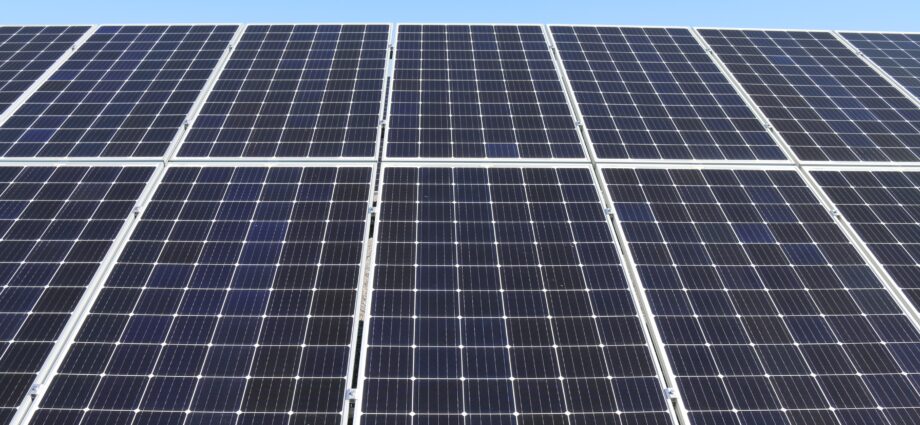
Less than last year, but more than into other categories, new PwC report shows
by Matt Davies
October 19, 2023
Having looked at more than 8,000 startups in the climate tech sector and over 30,000 deals, PwC’s new “2023 State of Climate Tech” report found that, in 2023, investments in climate tech from venture capital and private equity fell by 40% compared to the same time last year.
The report, released today, says this is a result of “economic uncertainty and geopolitical conflict dent[ing] investor confidence,” reflecting market conditions rather than a “deliberate move away from climate tech.”
The proportion of venture capital and private equity funding allocated to climate tech, however, has continued to increase, “accounting for more than 10% of private market start-up investments in 2023, up from 7% in 2018,” PwC finds.
Meanwhile, investments in other categories have declined “even more sharply” — by 50%.
[W]hile it is not surprising that absolute levels of investment in climate tech have fallen along with the market, it is concerning,” Global Climate Leader at PwC UK Emma Cox said. “The good news is that the sector has performed well in relative terms, with investment falling less than in other areas.”
Worryingly, investments made into climate tech in 2023 are still not proportional to the potential of technologies to reduce emissions. Like in previous years, a disproportionate share continues to be allocated to technologies with lower emissions reduction potential.
This year, however, the report identified an “encouraging” shift towards more spending for technologies with more potential to reduce emissions, like solar power, green hydrogen, and carbon capture, usage, and storage.
Solar power, for example, witnessed a 24% increase in investment compared to 2022. Green hydrogen surged by 64% while carbon capture, utilization and storage investments increased by 39%.
In contrast, investments in technologies with “relatively lower potential to reduce emissions,” like light-duty battery electric vehicles and micromobility, have decreased by 50% and 38% respectively.
The industrial sector, the world’s most emitting sector responsible for 34% of total emissions, has also observed a positive shift. In less than a year, between Q4 of 2022 and Q3 of 2023, the share of climate tech funding going into the industrial sector has almost doubled, reaching 14%.
Before that, between 2013 and Q3 of 2022, 8% of climate tech funding went to industries.
Compared to previous years, investors have also “steadily” shifted away from early-stage deals to mid-stage deals, according to the report. In 2018 and 2019, two-thirds of climate tech investments went to early-stage startups. In 2023, this number dropped to about 47%.
Another observed shift is an increase in the number of first-time investors. “Irrespective of challenging market fundamentals, 2023 also saw a steady influx of first-time climate tech investors, highlighting the industry remains attractive as a whole,” the report notes.
As PwC UK’s Global Sustainability Leader Will Jackson-Moore explains:
“A challenging macroeconomic environment, sinking valuations, and geopolitical turmoil has seen capital flows to climate tech ventures drop 40% at a time when climate tech needs it most. But while such industry and macroeconomic dynamics may cloud investor confidence, they also present significant first-mover opportunities for investors to engage in the current dip, as the need for climate tech innovations will only grow stronge.”
Subscribe to our newsletter.
This article was originally published on IMPAKTER. Read the original article.

